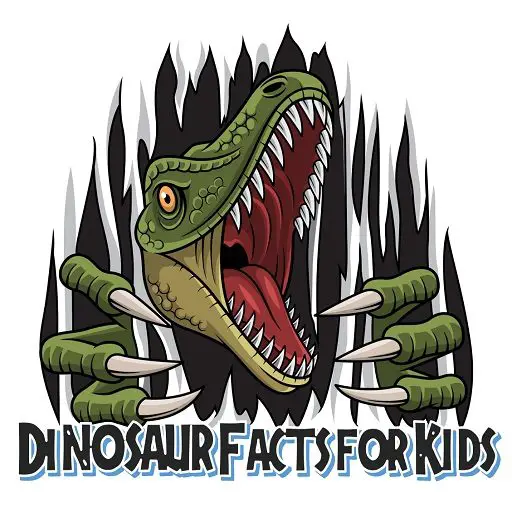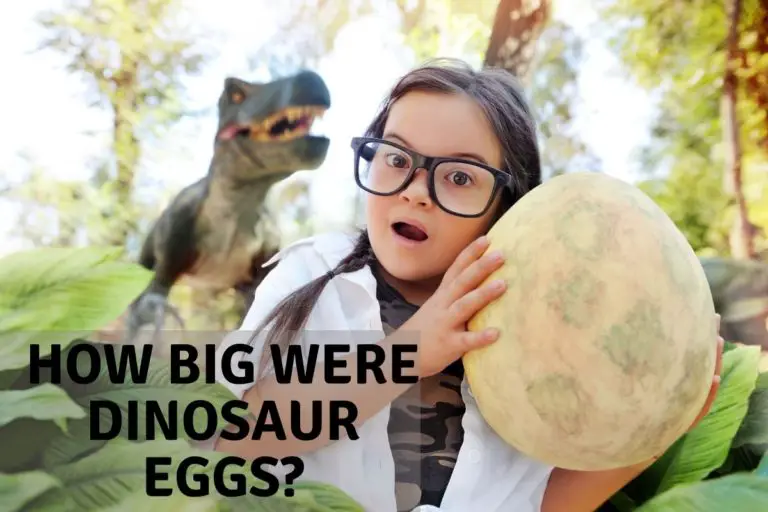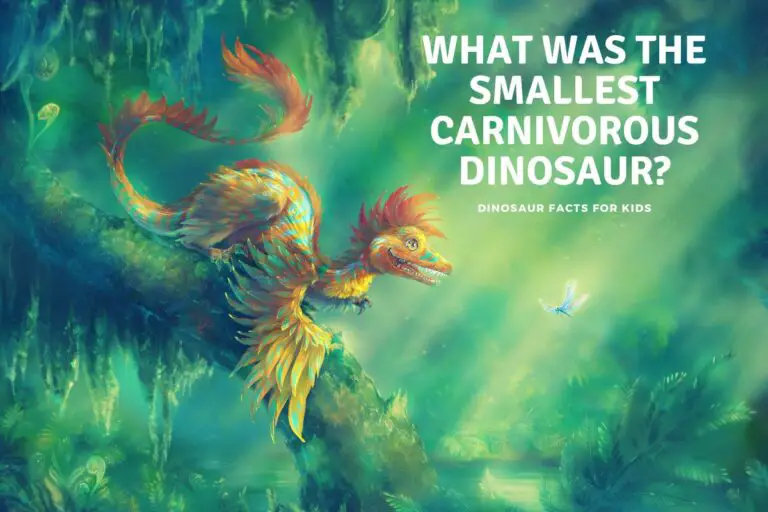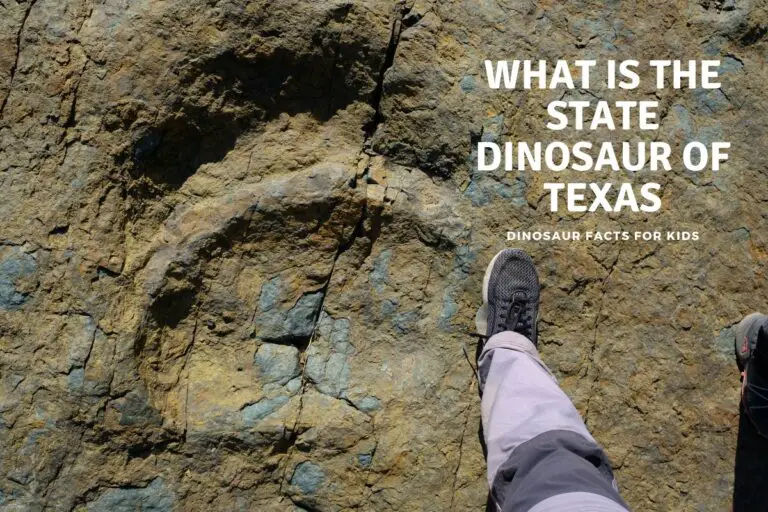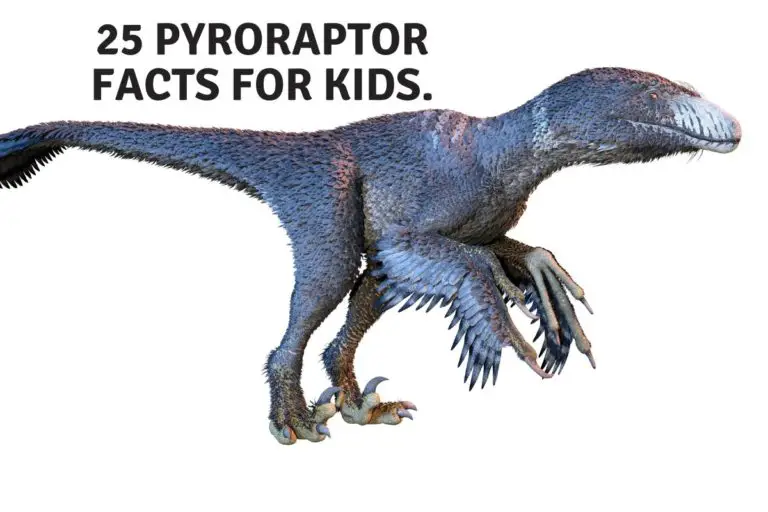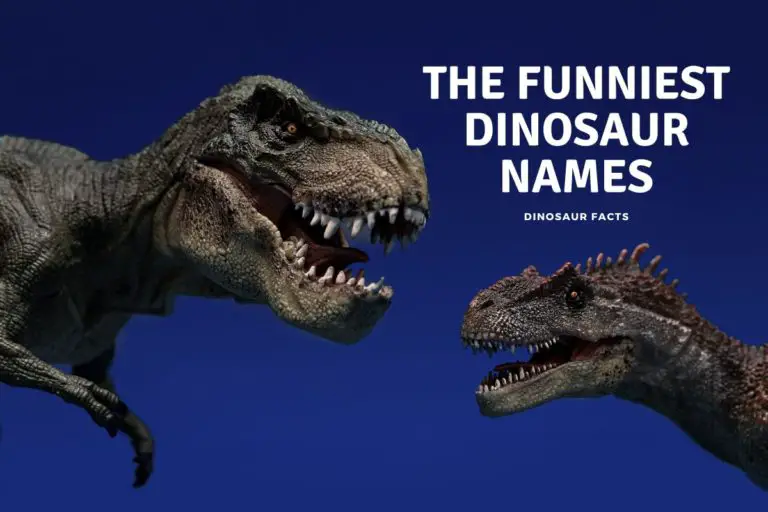How Much Did Triceratops eat?
The Triceratops, instantly recognizable by its three prominent facial horns and large bony frill, was a herbivorous dinosaur that roamed North America during the Late Cretaceous period. At up to 30 feet long we are wondering if its appetite was a big as its body and ask the question. How much did a Triceratops eat in a day?
The Triceratops, a herbivorous giant from the Late Cretaceous period, consumed 150 to 300 pounds (68 to 136 kg) of vegetation daily. It was a large dinosaur weighing 6 to 12 tons. This amount of food is equivalent to consuming around 600-1,200 heads of lettuce or 3-6 bales of hay each day.
In this exploration, we will take a look at the eating habits of this most popular of dinosaurs and compare with modern-day animals and see how not just its size but also its eating habits shaped its environment.
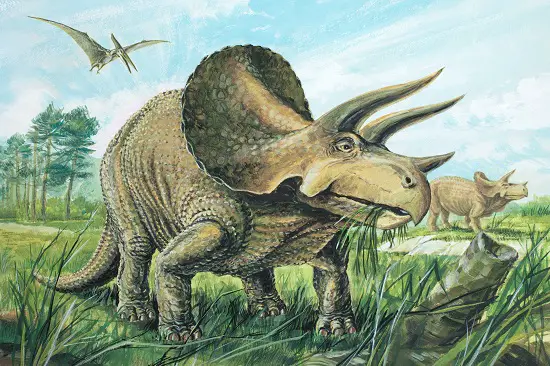
How Did Triceratops Feed
The Triceratops is well known for its massive skull, equipped with three signature horns and a large bony frill. Other physical features like its beak liek mouth and battery rows of teeth also hinted at its diet.
Its stout beak-like mouth and rows of grinding teeth were evolution’s answer to a herbivorous diet. Their mouth’s design was perfect for snipping off tough, fibrous plants.
Being a relatively low-standing dinosaur, with a head close to the ground, it would have mostly eaten low-growing vegetation.
An adult Triceratops, weighing anywhere from 6 to 12 tons, required a substantial amount of food to survive.
Just like a heavy-duty vehicle needs more fuel, this dinosaur’s large size meant greater energy needs.
These physical attributes, combined with its weight, gave the Triceratops a big appetite and we take a look at how big in the next section.
How Much Did the Triceratops Eat?
When we envision the colossal size of a Triceratops, spanning up to 30 feet in length and weighing between 6 to 12 tons it is no huge leap to suggest it would have needed a lot of food to keep it going.
Also its size certainly plays a part in how much food it ate it is not the only factor: the environment it inhabited, competition for food and comparisons to contemporary herbivores, give us a clearer understanding of its eating habits.
Estimations suggest that a fully grown Triceratops would have consumed a staggering 150 to 300 pounds (68 to 136 kg) of vegetation every day. To put this in perspective, imagine clearing out a small vegetable garden or a few bales of hay on a daily basis!
The evidence leading to such calculations comes from a combination of factors.
Triceratops had a broad snout, a robust beak, and multiple rows of teeth that were continually replaced, ensuring they had the tools to process large quantities of tough, fibrous plant material.
They fed on low-lying plants, such as ferns, cycads, and palm fronds. These plants were not just abundant but also nutritional, providing the necessary calories for such a large creature.
Another consideration is the Triceratops’ metabolic rate. While the exact rate remains a topic of debate among paleontologists, it’s widely believed that they had a metabolic rate somewhere between that of modern reptiles and mammals.
This would mean their energy needs, while not as demanding as warm-blooded animals, were still substantial due to their sheer size.
The daily food intake also ensured their growth and reproductive success.
Younger Triceratops, still growing and not yet at their full size, might have consumed proportionally more food than their parents, much like how young mammals often have large appetites.
How much a Triceratops eats: Comparison Table
| Item | Amount Equivalent to Triceratops Daily Intake | Explanation Notes |
|---|---|---|
| Heads of Lettuce | 600-1,200 | Common lettuce heads weigh about 0.25-0.5 pounds. Their water content and bulk would make them a large volume to consume. |
| Bales of Hay | 3-6 | A typical hay bale weighs around 50 pounds, and it’s used as a primary food source for many herbivorous farm animals today. |
| Full-grown Grass Plants | ~8,000-16,000 | Individual grass plants are lightweight, so a dinosaur like the Triceratops would need to consume a vast number to meet its energy requirements. |
| Corn Stalks | 500-1,000 | Corn stalks, while not the primary food of Triceratops, can help visualize the sheer quantity of vegetation they consumed. |
| Carrots | 3,000-6,000 | Assuming a medium carrot weighs about 0.05 pounds, this highlights the enormous plant intake of the Triceratops daily. |
| Pumpkins | 150-300 | Given that an average pumpkin might weigh around 1 pound, the Triceratops’ diet could equate to a patch’s worth of pumpkins each day. |
| Modern Rhinos’ Daily Intake | Equivalent to 7-14 rhinos’ diet | Modern rhinos, as large herbivores, eat approximately 20-30 pounds of food daily. The comparison underscores the vast dietary needs of the Triceratops. |
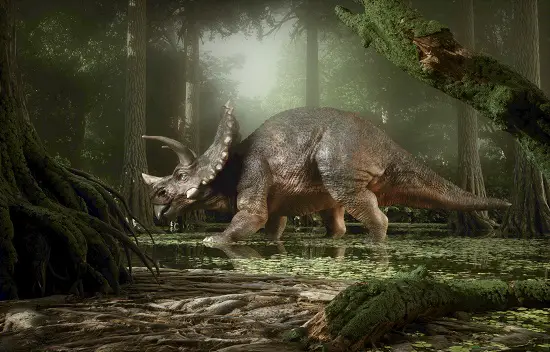
What did Triceratops eat?
While the triceratops would have favored ground-level plants, its dietary preferences wouldn’t have been a fussy eater.
With a head positioned close to the ground, it was naturally inclined to graze on low-lying flora. Horsetails, club mosses, and early flowering plants could have been among their dietary staples, alongside the ferns and cycads.
When fruit or seeds would be dropped it is mostly likely these would have been a welcome distraction for the triceratops. We all like a bit of fruit now and then!
Interestingly, the continuous replacement of their teeth hints at a diet that involved a lot of wear and tear, implying they consumed tougher vegetation as well.
Additionally, the seasonal shifts in vegetation would have required the Triceratops to adapt its diet accordingly.
Such dietary flexibility meant that Triceratops was well-equipped to handle changes in its environment, giving it the best chance of survival
Why the Triceratops Ate So Much
The sheer size of the Triceratops demanded a lot of food. Weighing between 6 to 12 tons, these dinosaurs had large energy requirements to sustain their bodies, grow, reproduce, and stay active.
Unlike modern reptiles, the Triceratops was believed to have a metabolism somewhere between reptiles and mammals, making its energy needs significant and while not quite as much as a mammal, with its size being so much larger it would have been more in real terms. .
Combined with their territorial and social behaviors, which might involve exerting dominance, mating displays, or defending against predators, their bodies constantly demanded fuel.
The Triceratops’ eating habits were an evolutionary response to its life’s demands, unlike the large herbivores today, dinosaurs certainly did have predators that could, would and did take them on!
Triceratops Role in the Ecosystem
The Triceratops with both its size and its numbers would have contributed significantly to the health and balance of its environment.
The Triceratops ate vast areas of vegetation, shaping plant populations. This herbivorous activity kept certain plants from becoming overly dominant, promoting biodiversity.
Beyond its feeding, the Triceratops was instrumental in nutrient recycling. As they processed large quantities of plant material, their excrement (dinosaur poop) became a vital nutrient source for the soil,
this led to more fertile ground and healthier plant growth. This, in turn, supported other herbivores and the predators that fed on them.
Speaking of predators, the Triceratops served as a challenging prey for large carnivores like the T-Rex. The dynamics between this horned giant and its adversaries influenced evolutionary strategies on both sides.
The Triceratops’ formidable horns and frill were not only tools for gathering food but also critical defense mechanisms.
Lastly, their migratory and social behaviors could have played roles in seed dispersal, indirectly aiding in the spread of certain plants.
All in all, the Triceratops wasn’t just an observer of its era; it was a key player shaping the environment it lived in for its self and other dinosaur ( and other) species.
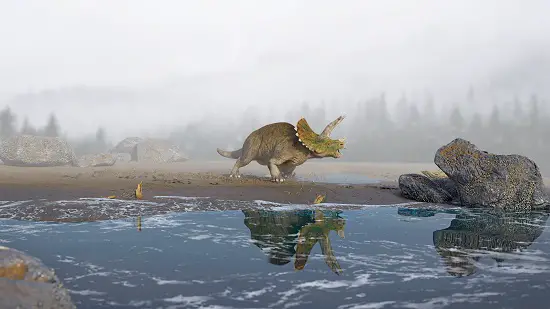
Comparison with Modern-Day Equivalents (200 words)
Comparing the Triceratops’ feeding habits with today’s animals gives us a relatable perspective on their impressive consumption rates.
Think of an African elephant, one of the largest land herbivores today. While an elephant can eat up to 300 pounds of food a day, the Triceratops, with its expansive size and energy requirements, likely matched or even surpassed this amount.
In terms of diet, a Triceratops’ preference for low-lying plants can be likened to how modern-day rhinos graze on grasses.
Similarly, the way cows constantly graze on fields and help maintain the grass level is reminiscent of the Triceratops’ role in its ecosystem.
From a sheer volume perspective, imagine the amount of food a few dozen Triceratops would consume in a day.
It would be comparable to the daily intake of an entire herd of cattle on a modern farm.
However, it’s important to note the differences in metabolic rates. While today’s large mammals are warm-blooded, requiring constant energy intake, the Triceratops might have had a slower metabolism.
Still, its daily consumption showcases the immense resources it required to thrive.
Want to know how much other dinosaurs ate – we many eating habits of dinosaurs covered below.
- How much did a Triceratops eat?
- how much did a T-rex eat?
- How much did a Brachiosaurus eat?
- how much did Velociraptor eat?
- How much did Spinosaurus Eat?
- How much did Stegosaurus eat?
Conclusion (100 words)
The Triceratops was an impressive herbivore, consuming between 150 to 300 pounds of vegetation every single day.
To understand the scale of this, imagine clearing out 600-1,200 heads of lettuce or going through 3-6 bales of hay daily.
This massive intake was essential to sustain its 6 to 12-ton body, ensuring it had the energy to roam, fend off predators, and live its daily life.
References
- https://a-z-animals.com/blog/what-do-triceratops-eat/#:~:
- https://www.thoughtco.com/things-to-know-triceratops-1093802
- https://adventuredinosaurs.com/
- https://www.kids-dinosaurs.com/dinosaurs-triceratops.html
Hi, I am Roy Ford a General Studies and English Teacher who has taught all over the world. What started as a fossil collection became a great way to teach, motivate and inspire students of all ages and all over the world about dinosaurs and from that and children’s love of dinosaurs came the site dinosaur facts for kids, a resource for all ages.
